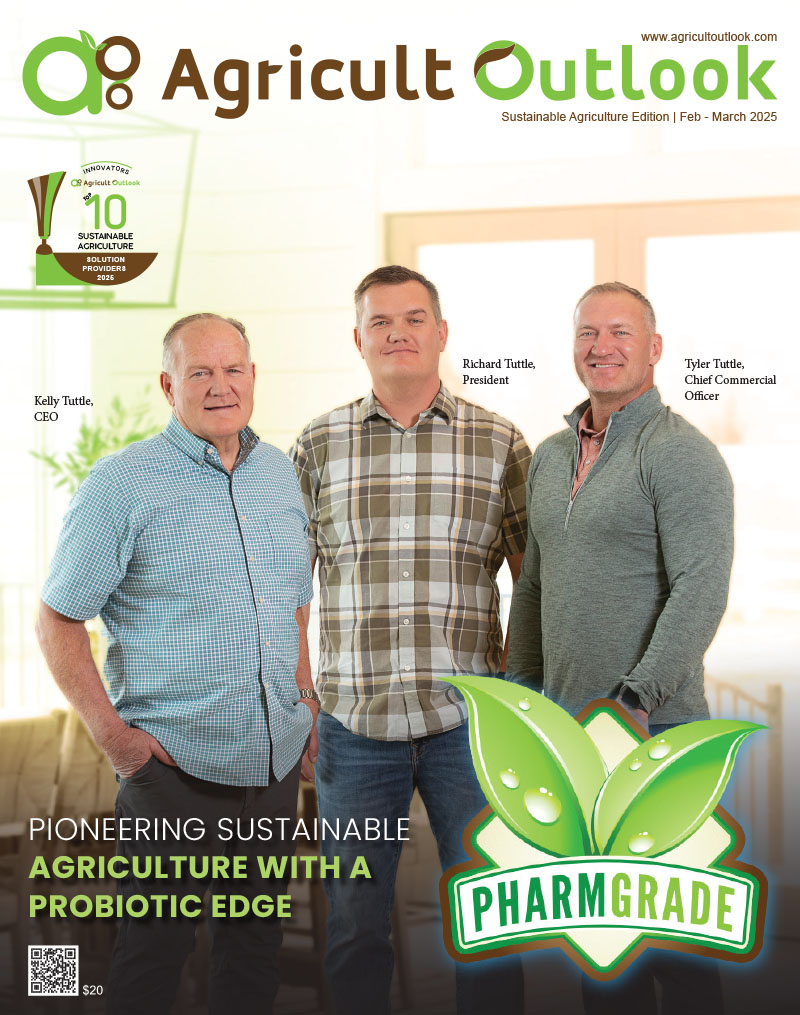Since centuries the vast territory of Mongolia, the four distinguished seasonal differences, and nomadic lifestyle in rural areas allow Mongols to utilize and consume milk from 6 species of animals: cow, yak, mare, camel, sheep and goat. Milk is converted to number of traditional products and classified as fatty products-urum /cream layer/, tos /ghee/, holison tos /flavored cream/, protein-based products-aaruul /dried curd/, eezgii /concentrated protein /casein and whey protein/ evaporated from curd and whey mass/, and fermented beverages, which includes mainly mare’s airag and camel khoormog. These products are mostly made and consumed in big quantities during the warm, kind of relaxing festival season almost every day. The surplus of fatty and protein products is traditionally made in autumn and preserved for consumption in winter and spring months. The taste, appearance of products varied according to region, as well as season.
A hand operated business module of processing yak milk into European types of cheeses was introduced in Mongolia by the famous Cheese Master Joseph Dubach, citizen of Switzerland, who was invited and working in 1994. The project was initiated by Konrad Adenauer Foundation from Germany to support rural herders in Uvurkhangai province. After just 4 years of collapse of socialist system, country’s shocked transition to a market economy, that brought food shortage, food rations, and social instabilities, organization of the training and transferring of know-how in yak milk processing and converting to highly nutritious and valuable products such as cheese was quite innovative and challenging. Gruyere, Tilsit types of cheeses were made, tested and sold in the Ulaanbaatar market. There were all international organizations, embassies, private restaurants, and expatriates living who were the potential buyers of cheese during that time. Author of this article, Mrs. Tsetsgee was involved in the project from the beginning as interpreter and at the same time was the dairy technologist from Mongolian side. It was quite a memorable learning process for everybody who was involved. However, due to difficult financial time, both for ordinary citizens and country in general, the model was not popular and not developed further. In 1995, Master Joseph Dudach was killed in Ecuador during a terrorist attack. It was such sad news, Mongolia was the last country, he visited and trained people in rural cheese making.
Re-starting of yak milk cheese-making happened in 2014 after 20 years. During this period, the author gained certain experience and knowledge in her works with the Government, International organizations and Rural communities. She was also fortunate to travel foreign countries and to visit dairy training centers in Denmark, Netherlands, Germany, France and Italy. After her official retirement, she decided to build a yak milk processing plant in her father’s home place-Erdenetsogt soum /village/ of Bayankhongor province. As little known, yaks are semi-wild animals, /already existed in territory of Mongolia in XIII century-historic notes of travelers Marko Polo and Gillion de Rubrik/, distributed in mountainous plateau of Himalayas in Nepal, Tibet area, Gornii-Altai in Russia, Pamir in Tajikistan, Khangai mountains in Mongolia. In Erdenetsogt the number of yaks is varied from 40,000 to 60,000 depending on certain year’s winter and spring climatic conditions, even summer droughts in combination with severe winter can influence the survival rate of yaks.
Rural parents, like other parents in the world, want to give their children better education, better life, therefore, young people who went to institutes and universities, usually after graduation, stayed in cities, not coming back. This situation caused more elderly people to be left in the countryside, shortage of working forces, emptying the territories and less development in rural areas. By establishing yak milk processing plant in Erdenetsogt soum, the author has developed yak cheese value adding under Khongor brand, that includes 4 famous types of cheeses: Gruyere, Tilzit, Cheddar and Gouda. All these cheeses were successfully adapted to Mongolian conditions even though with yak milk for the first time. Although the yak gives less milk in comparison with cows and other mammals’ milk, it is very specific milk, rich in composition and highly nutritious, well digested.
The yak cheese value added model shows: (i) possibility to provide rapidly increasing urban market with high-quality dairy products with longer shelf-life that can be produced in remote and mountainous areas during summer and sold throughout the year; (ii) this initiative is critical to generate regular income for rural population in pastoral husbandry system and minimize seasonal-only food availability; (iii) increase collaboration among local households including more sustainable use of common natural resources and create more jobs in rural areas.
The future goal is to work onward to protect geographically the yak cheeses as well as to disseminate the model in regions with similar geographic and climatic conditions.
Contact: +976-99993784, email: tsetsgeeserod@gmail.com
Mrs.TSETSGEE is a yak-milk cheesemaker from Mongolia. She graduated from Moscow Technological Institute of Meat and Dairy Products in 1982. Since then, she has been engaged in the food and agriculture sector of Mongolia in various positions from officer, head of food division, manager of international projects, owner of a private cheese plant.









